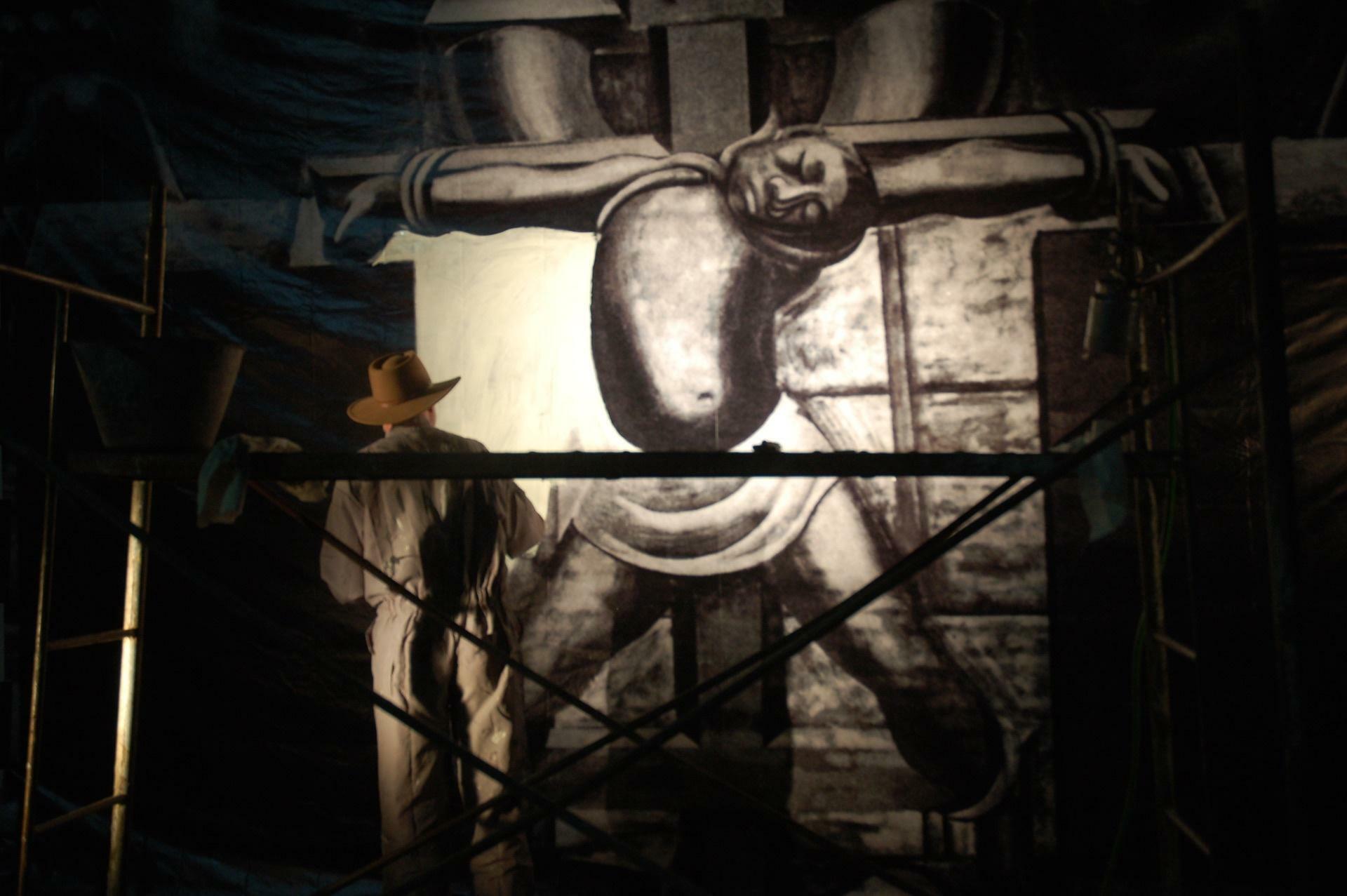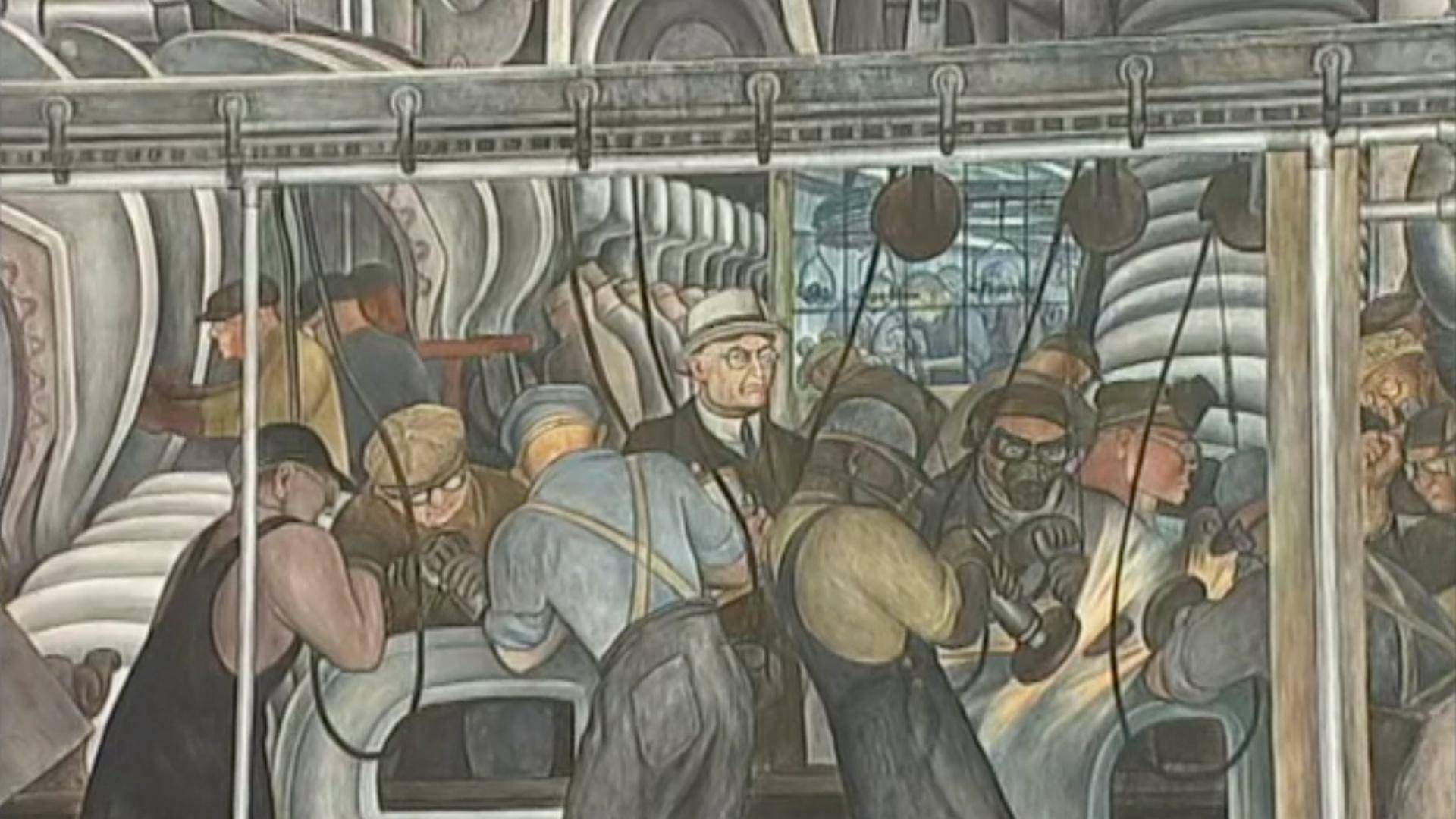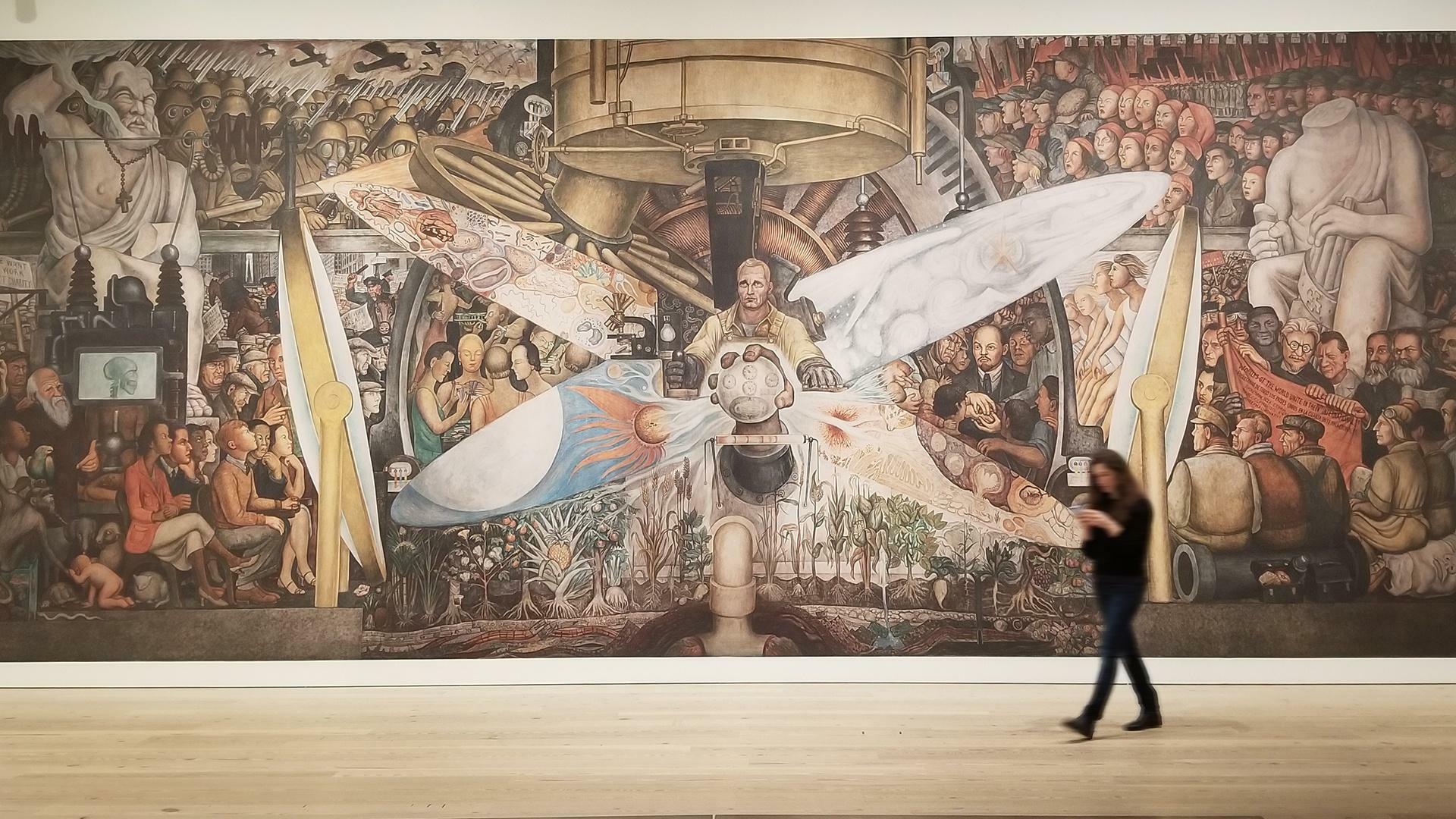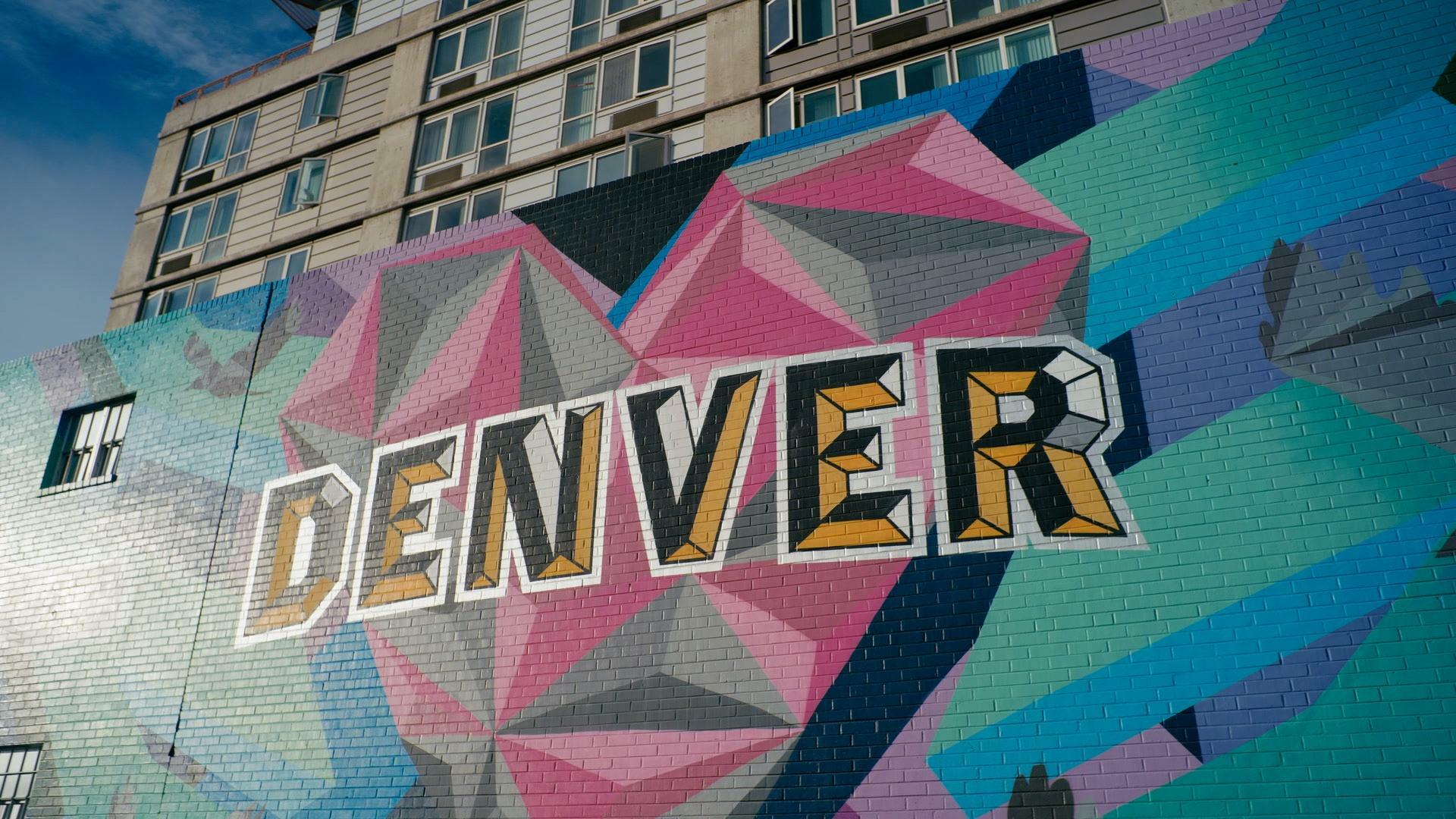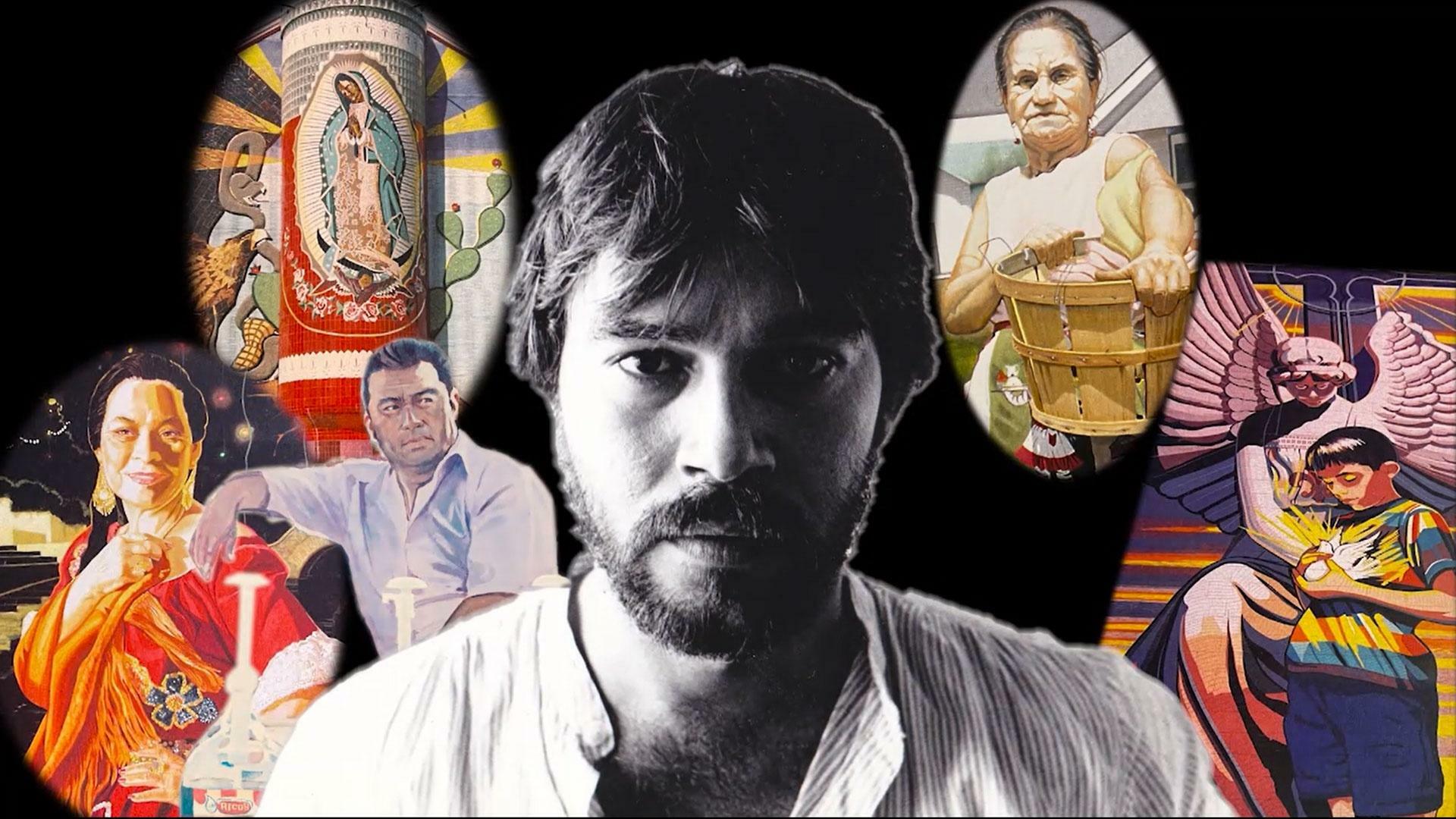Learn About the Mexican Muralism Movement
This year marks the centennial of the Mexican Muralism Movement: an influential era of modern art. This collection of documentaries takes a look at three key artists who defined the artistic movement: José Clemente Orozco, Diego Rivera, and David Alfaro Siqueiros. Learn about them, the socio-political context for their work, and their lasting impacts on public art.
The Birth of Mexico's Muralism Movement
Shortly after the Mexican Revolution (1910-1920) a group of artists took their political messages to the great lengths by incorporating them into large public art pieces. The murals of this time were often created on external walls of buildings for all people to see. A hallmark of this movement was the concept of art as an educational tool for the masses.
In the years after the revolution the Mexican government actually commissioned artists to create murals that depicted historical events, uplifted cultural heritage, and inspired national pride. The murals were a way to teach all people a version of the country's history. Inspired by the ideals of the revolution, the public artwork often depicted Indigenous people, working classes, and pre-colonial history.
This modern art movement sparked significant works of public art in both the U.S. and Mexico. Murals were commissioned by educational institutions like Pomona College in California (Jose Clemente Orozco's Prometheus) and Dartmouth College (Orozco's The Epic of American Civilization.) Some of the best-known scions of industry commissioned murals during that time, Edsel Ford in Detroit, Rockefellers in New York City hired Diego Rivera to create massive murals in their buildings in the 1930s. And one of Los Angeles's iconic public works of art is La América Tropical by David Alfaro Siqueiros on Olvera Street, a cultural center for Californians of Mexican descent.
Documentaries about the "Three Great Ones:" Orozco, Rivera, and Siqueiros
José Clemente Orozco, Diego Rivera, and David Alfaro Siqueiros are considered the three most important artists of the Mexican Muralism Movement.
All three were politically-driven in their art, to a point where their refusal to leave politics out of their craft created all kinds of conflict, from destruction of their art to political exile to death threats.
One of Diego Rivera's commissioned works in the U.S. that was so controversial it was destroyed in the darkness of night so no one would ever see it. Nelson Rockefeller commissioned Rivera to paint a mural in the RCA building of Radio City. Rivera was nearly finished with the grand fresco after months of work when Rockefeller learned of Rivera's inclusion of Soviet leader Vladimir Lenin in the mural. Rockefeller had his workers destroy the entire fresco. Rivera recounted his version of events in his biography and you can read the excerpt thanks to American Experience: Destruction in Rockefeller Center. This moment in history is also explained in Becoming Frida Kahlo, as Kahlo had accompanied Rivera to the U.S. during this time.
You can watch a documentary about David Alfaro Siqueiros on Doc World. The film explores his life, his controversies, and what drove his large-scale artistic genius. Siqueiros: Walls of Passion is streaming with Passport.
Another film streaming in Passport about Siqueiros is from Artbound. América Tropical: The Martyr Mural of Siqueiros looks specifically at his mural in the heart Los Angeles that caused controversy while revolutionizing art itself. He really pushed the medium forward. For example, did you know Siqueiros was the first artist to spray paint?
American Masters brings us an in-depth look at José Clemente Orozco. He survived childhood illness and an explosion that cost his left hand to become one of the most transformative artists of the Americas.
Support your local PBS station in our mission to inspire, enrich, and educate.
Impacts of the Muralism Movement
The deep impact of the Muralism Movement is seen all over major cities in the U.S. and in the many muralists who came after, particularly in the Chicano movement. Check out a museum exhibition that sums up the legacy of Three Great Ones below.
And check out two more documentaries below that looks specifically at muralism among Chicano artists and how important murals have been to telling the history and preserving the culture of Mexican American communities.

The best of PBS, straight to your inbox.
Be the first to know about what to watch, exclusive previews, and updates from PBS.

